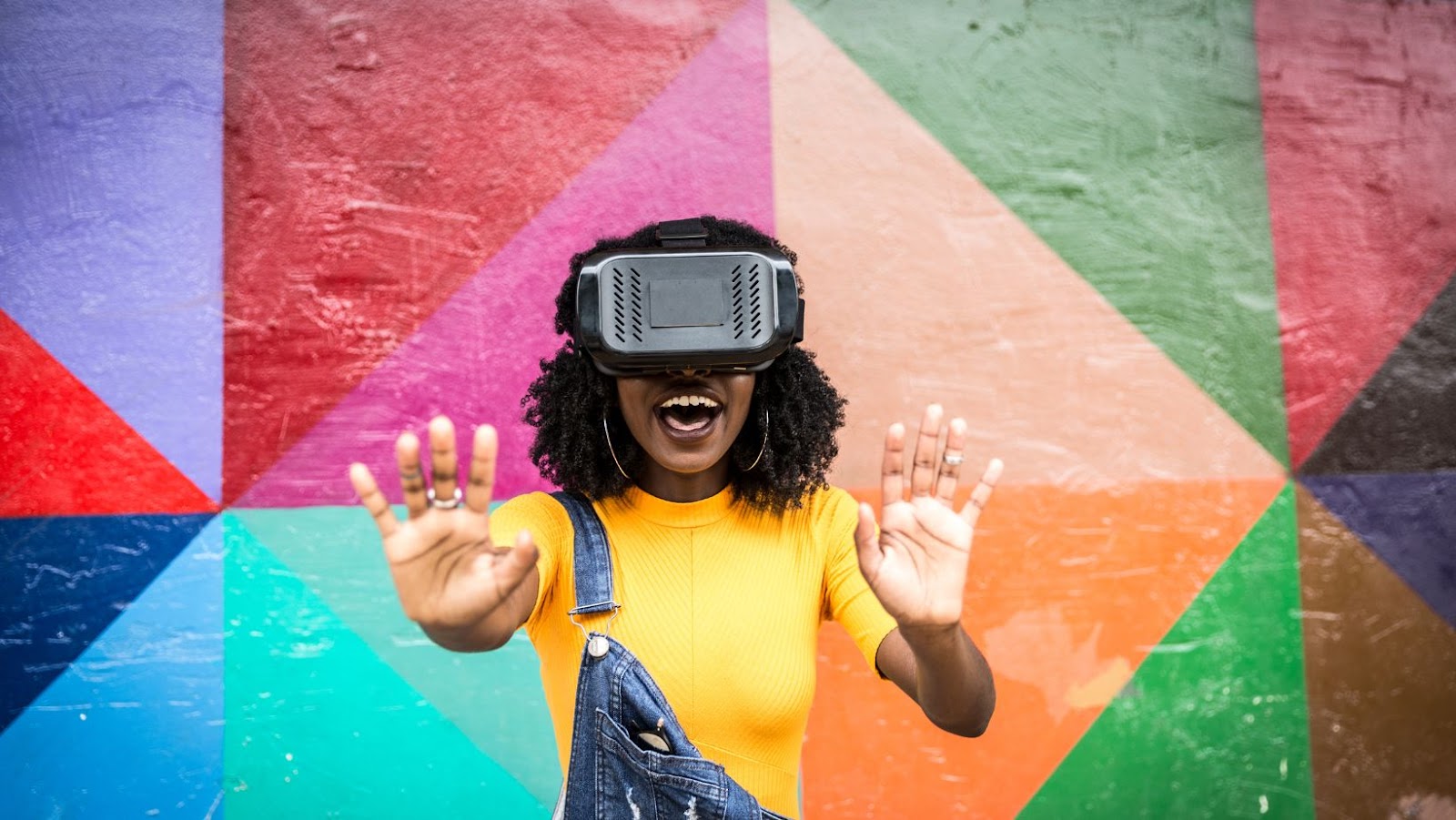 Virtual Reality Future
Virtual Reality Future
Virtual reality Future(VR) has advanced significantly, offering robust platforms and applications that enhance user experiences in various fields. Several key companies dominate the VR market, driving innovation and offering diverse products:
- Facebook (Meta): Released Oculus Rift and Quest, integrating social VR experiences.
- Sony: Offers PlayStation VR, widely used for gaming.
- HTC: Developed Vive, known for high-quality immersive experiences.
- Valve: Created Index, featuring cutting-edge controllers.
- Microsoft: Introduced HoloLens, merging VR with AR for mixed reality applications.
VR finds applications across multiple domains:
- Gaming: Titles like “Beat Saber” and “Half-Life: Alyx” deliver immersive gameplay.
- Education: Tools like zSpace and Google Expeditions enhance learning with interactive content.
- Healthcare: Programs like Mindmaze and Osso VR offer virtual training and therapy.
- Retail: Platforms such as IKEA Place and Amazon VR help visualize products in home environments.
- Training: Companies use VR for simulations, exemplified by STRIVR for workplace and sports training.
These VR applications and major players are reshaping how users interact with digital content and real-world scenarios.
 Technological Advancements
Technological Advancements
Technological advancements in Virtual reality Future (VR) have revolutionized user experiences and expanded the potential of VR applications. Significant progress in both hardware innovations and software content development has driven these changes.
VR hardware innovations have improved user experiences by enhancing realism and comfort. Key advancements in this domain include:
- Headsets: Newer headsets, such as the Oculus Quest 2 and HP Reverb G2, offer higher resolution and smoother frame rates. Increased field of view and reduced latency are other notable features.
- Controllers: VR controllers like Valve Index controllers and PlayStation Move enable more precise hand tracking and haptic feedback, adding layers of immersion.
- Sensors: Improved sensors and tracking technology, including inside-out tracking and eye-tracking, allow better motion accuracy and user interactions.
- Wearables: Devices such as VR gloves and full-body suits provide tactile feedback and body tracking, making virtual environments feel more tangible.
Software and content development have expanded VR applications across multiple sectors, driving more engaging and interactive user experiences. Key advancements include:
- Engines: Game engines like Unreal Engine and Unity have advanced, offering better graphics, physics, and real-time rendering capabilities.
- Platforms: Platforms like SteamVR and Viveport offer extensive libraries of VR content, making it easier for users to access diverse experiences.
- Applications: Specialized applications have been developed for education, healthcare, and real estate. Examples include virtual classrooms, surgical training modules, and property tours.
- Interactivity: Improved interactivity innovations, such as voice recognition and AI integration, facilitate dynamic and responsive VR environments.
These advancements collectively enhance the depth and breadth of VR experiences, demonstrating VR’s growing importance in various fields.
 Potential Future Applications
Potential Future Applications
Virtual reality Future (VR) is poised to extend its impact across various industries with innovative applications. VR offers immersive learning environments by allowing students to explore complex subjects interactively. For instance, history students can experience ancient civilizations firsthand. Science learners can engage in virtual labs to conduct experiments safely. Additionally, VR can provide virtual field trips, enabling students to visit locations worldwide without leaving the classroom. These applications enhance comprehension and retention by providing experiential learning opportunities.
The healthcare sector benefits from VR through enhanced training and patient treatment experiences. Surgeons can practice complex procedures in a risk-free virtual environment, which can improve their skills and reduce errors. Patients undergoing physical rehabilitation can use VR systems for guided exercises that are both engaging and effective. Moreover, VR can help with pain management and anxiety reduction by providing immersive distraction therapies. These applications create a safer, more efficient healthcare environment.
The entertainment industry continually finds new ways to integrate VR to create unique experiences. Gamers can enjoy fully immersive worlds, offering interaction versatility and enhanced realism. Films and series can provide 360-degree experiences, allowing viewers to feel part of the action. Additionally, virtual concerts and theater performances can bring events to audiences, regardless of location, offering a new way to experience live entertainment. These advancements highlight VR’s potential to redefine entertainment consumption.